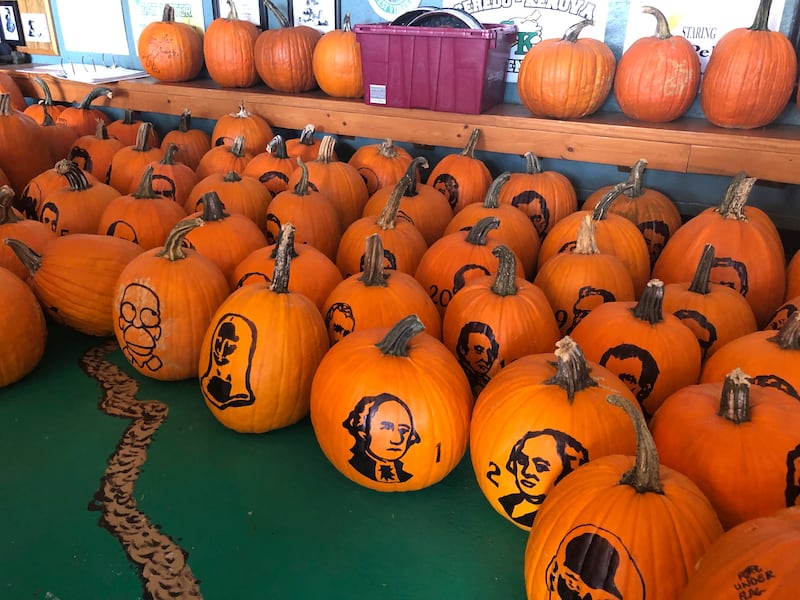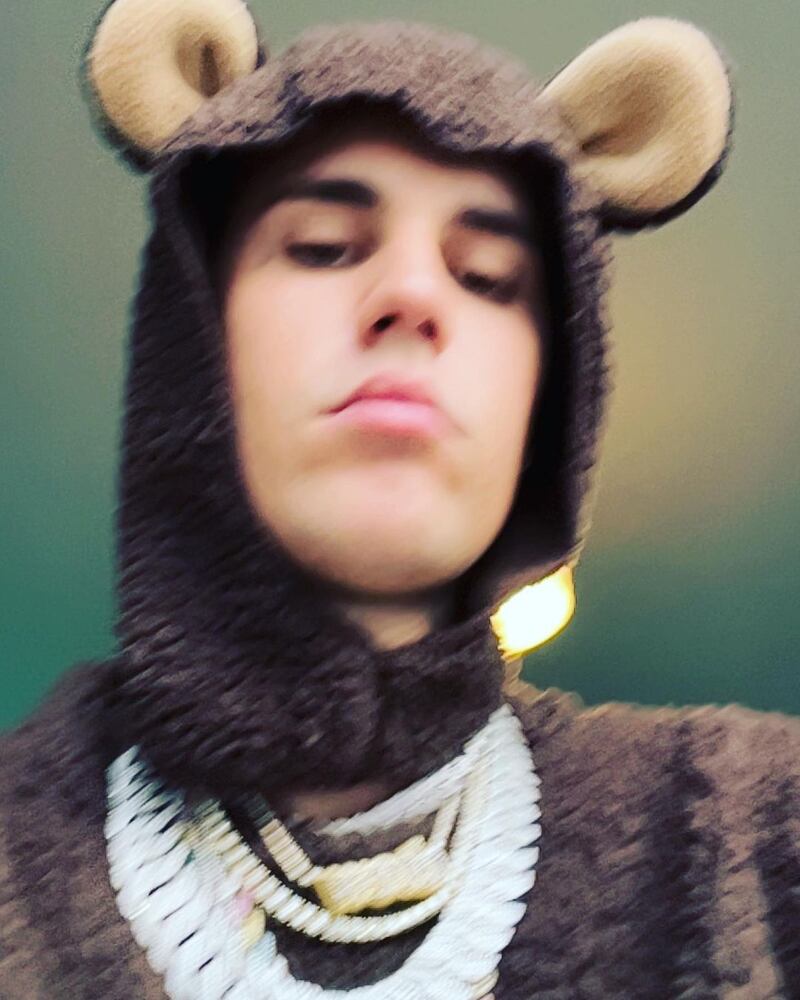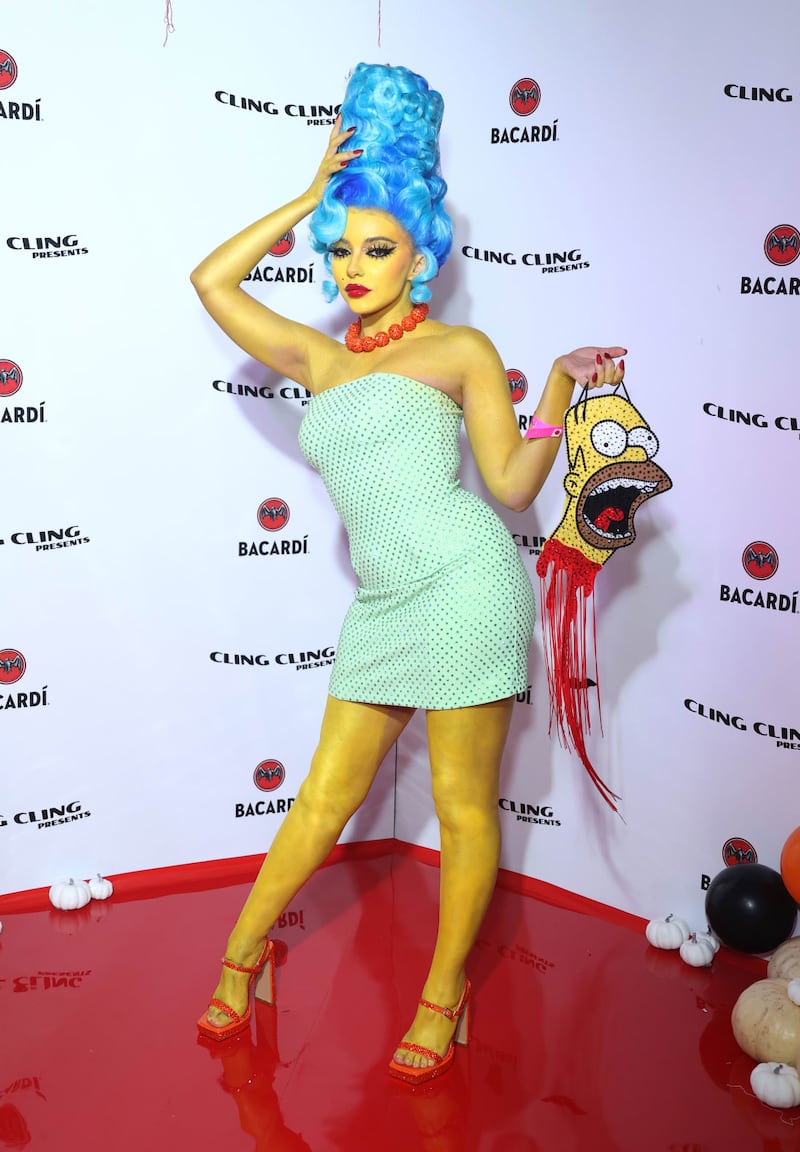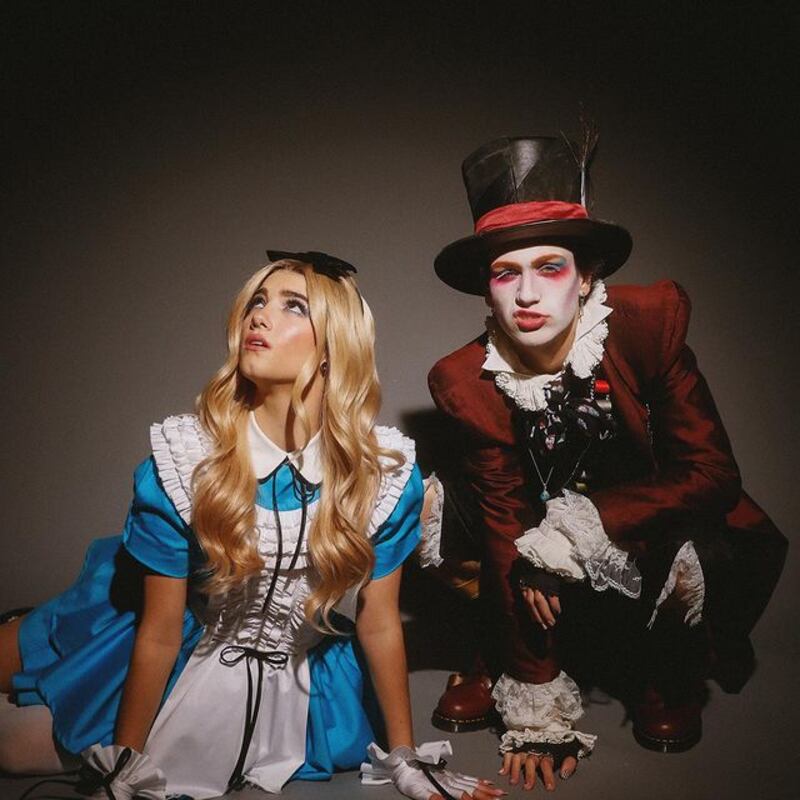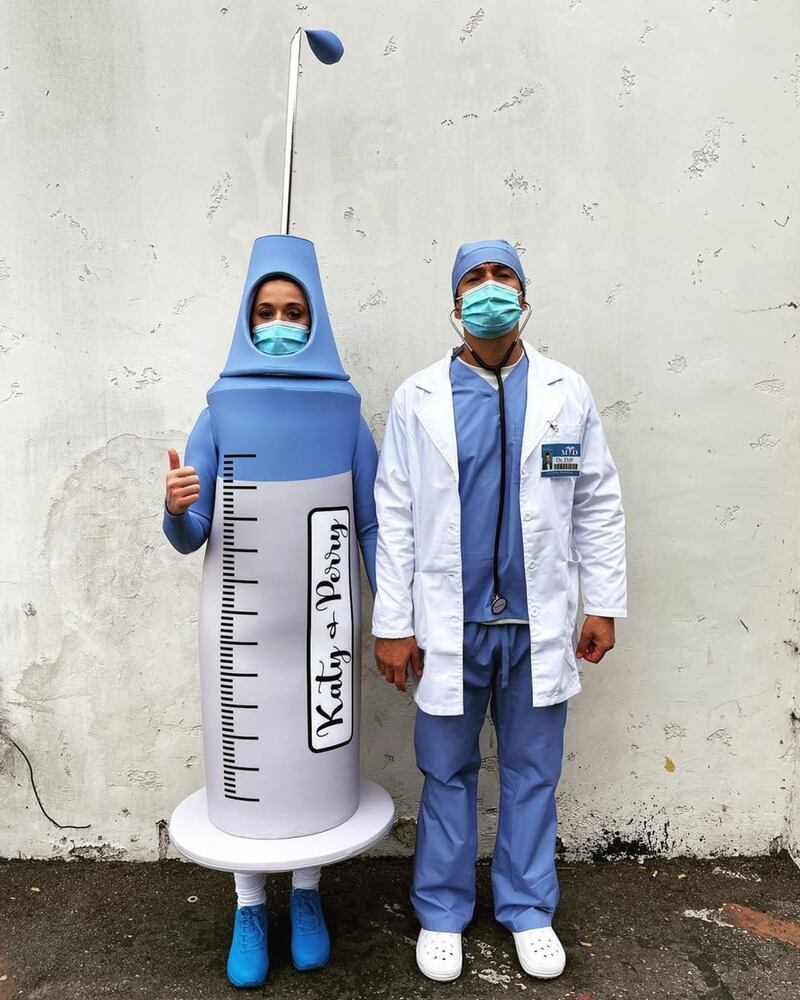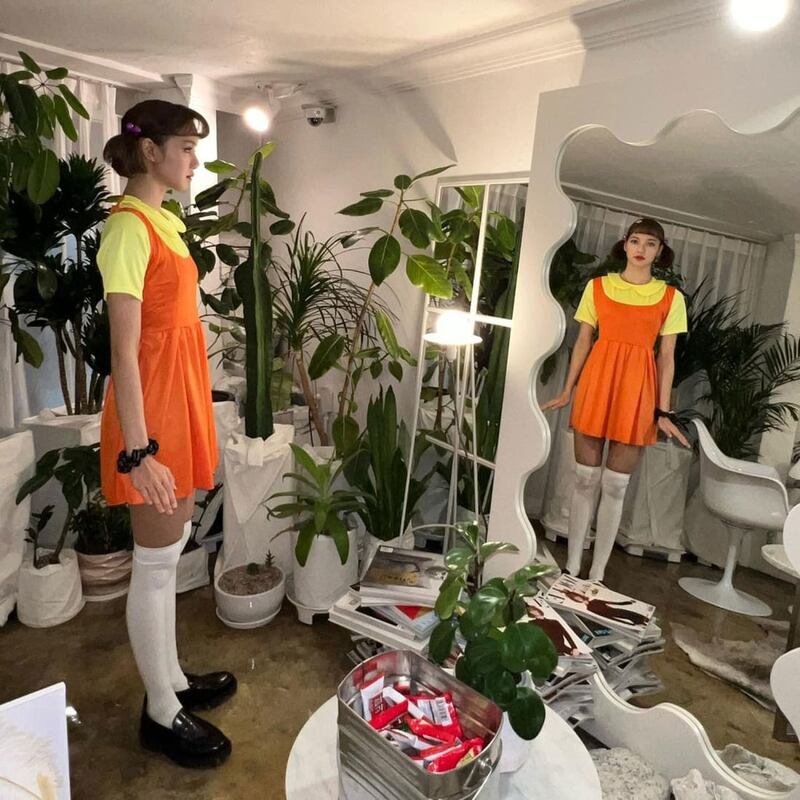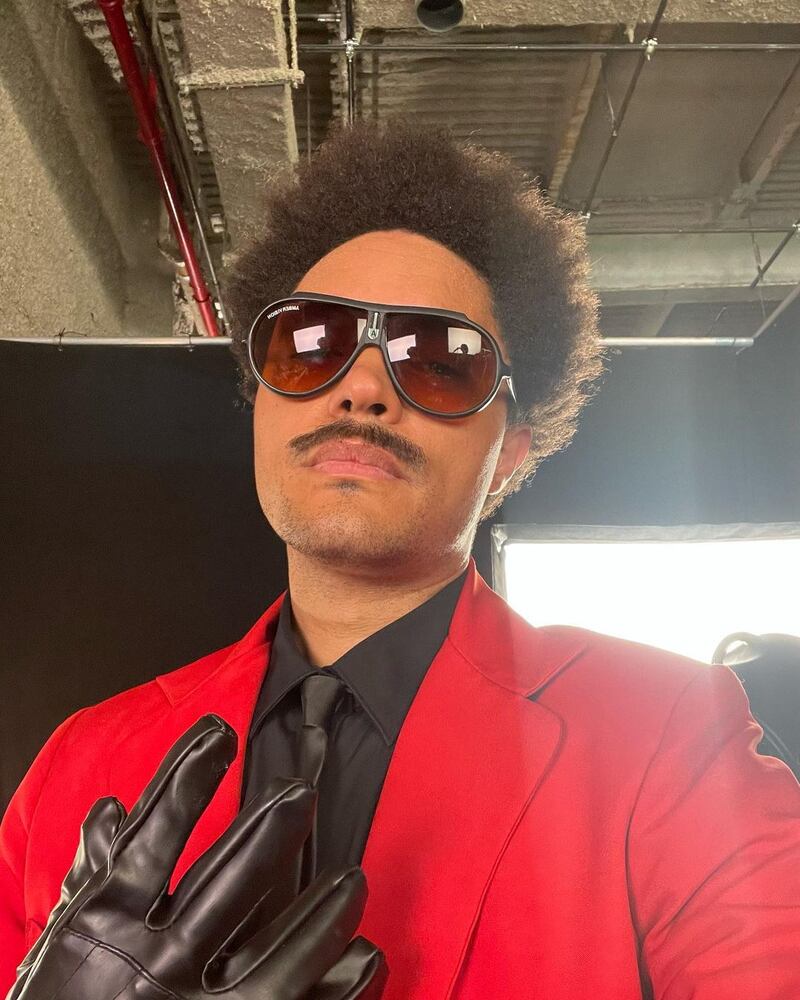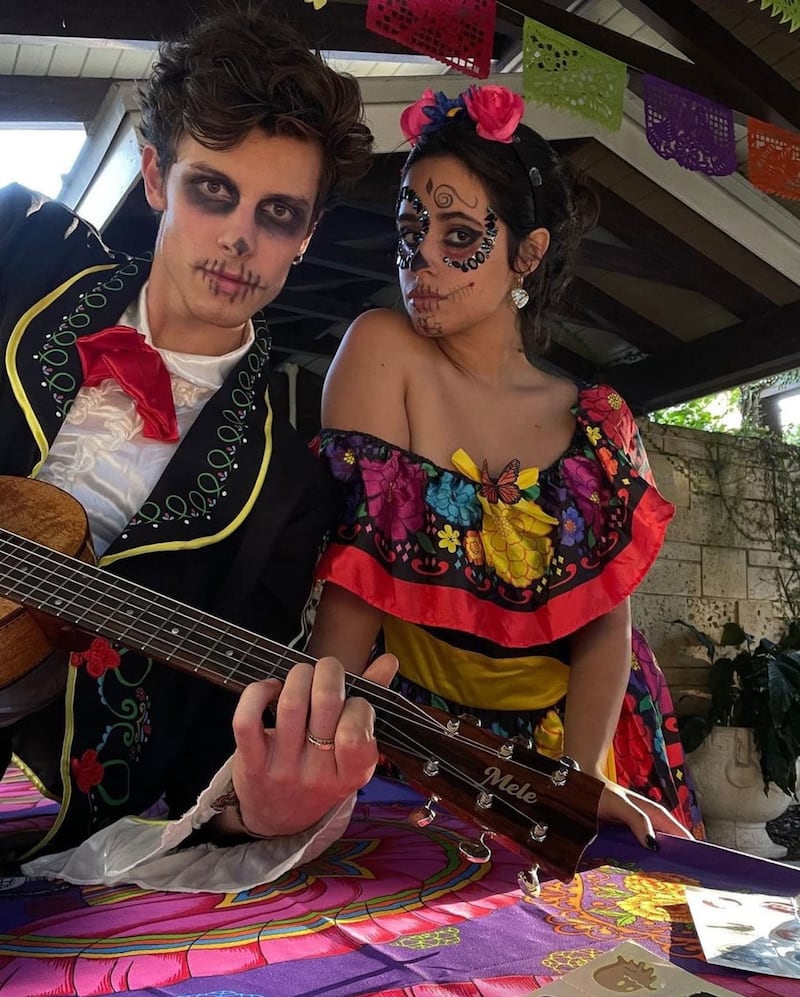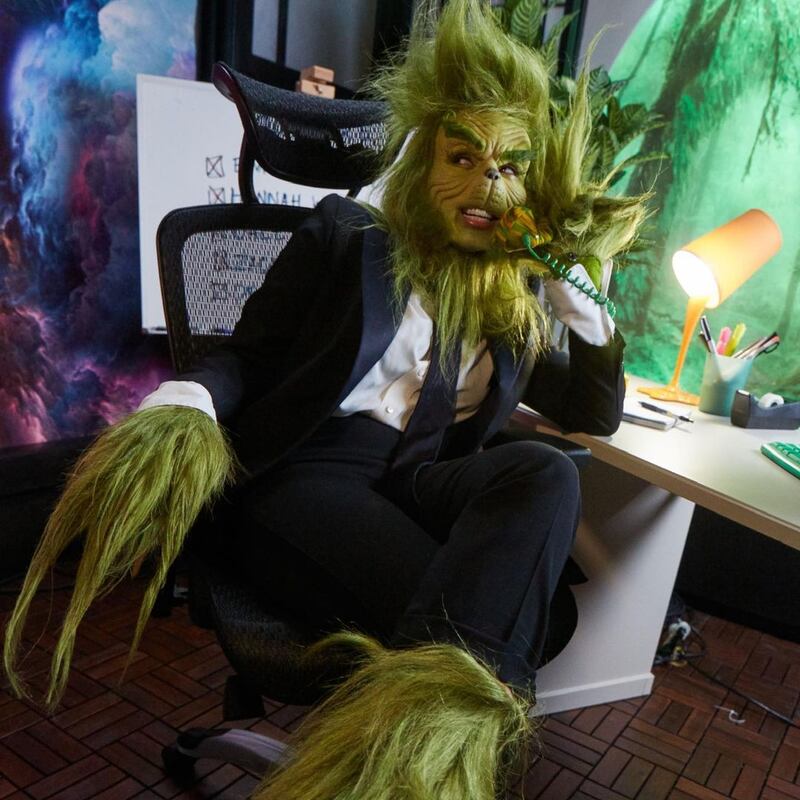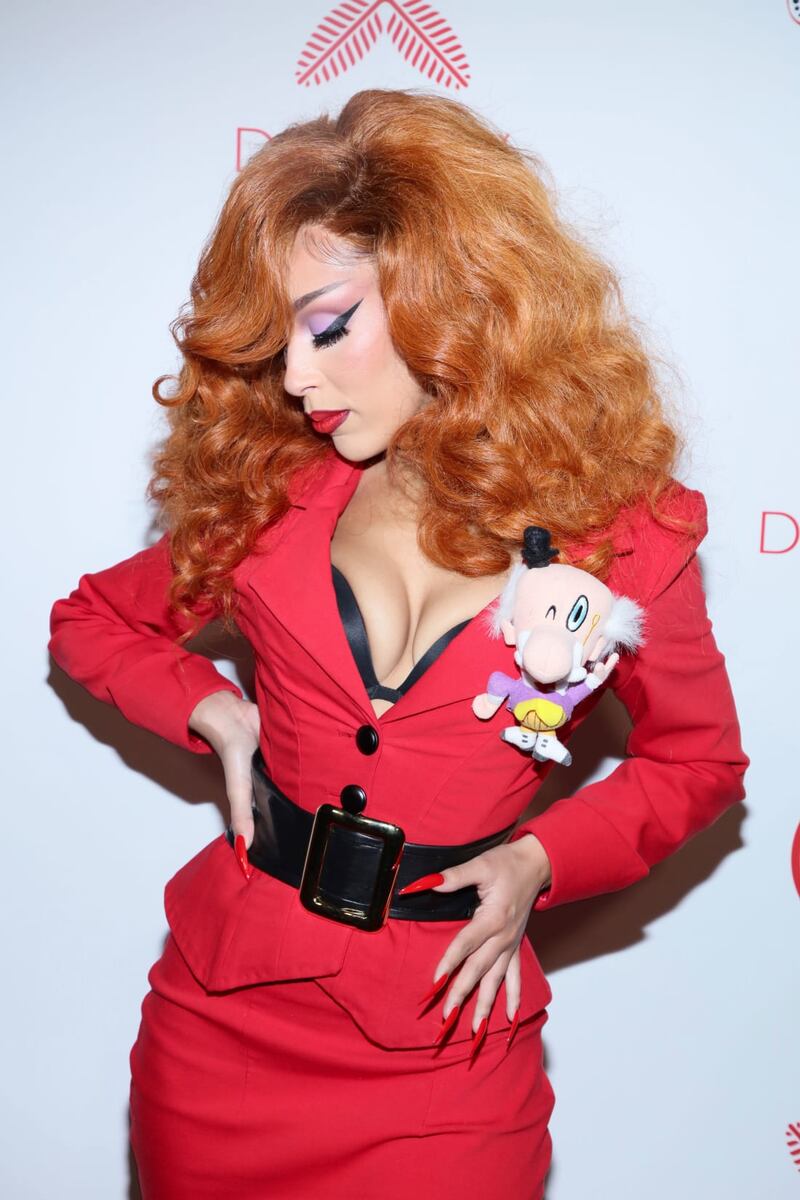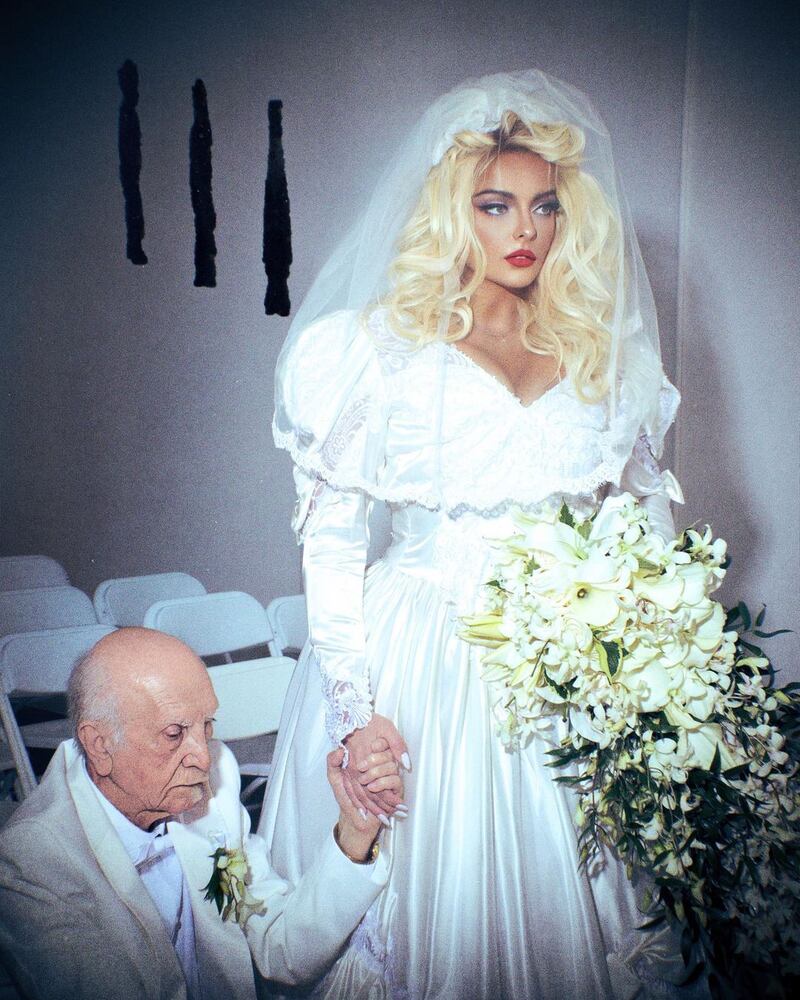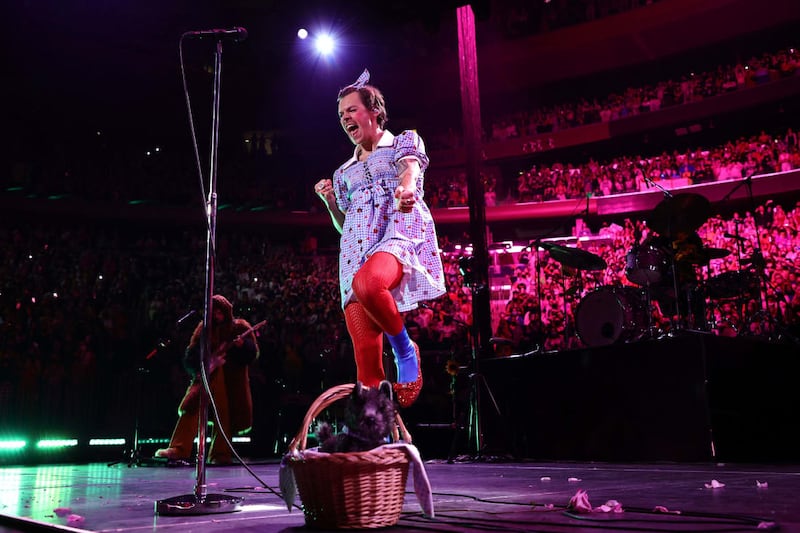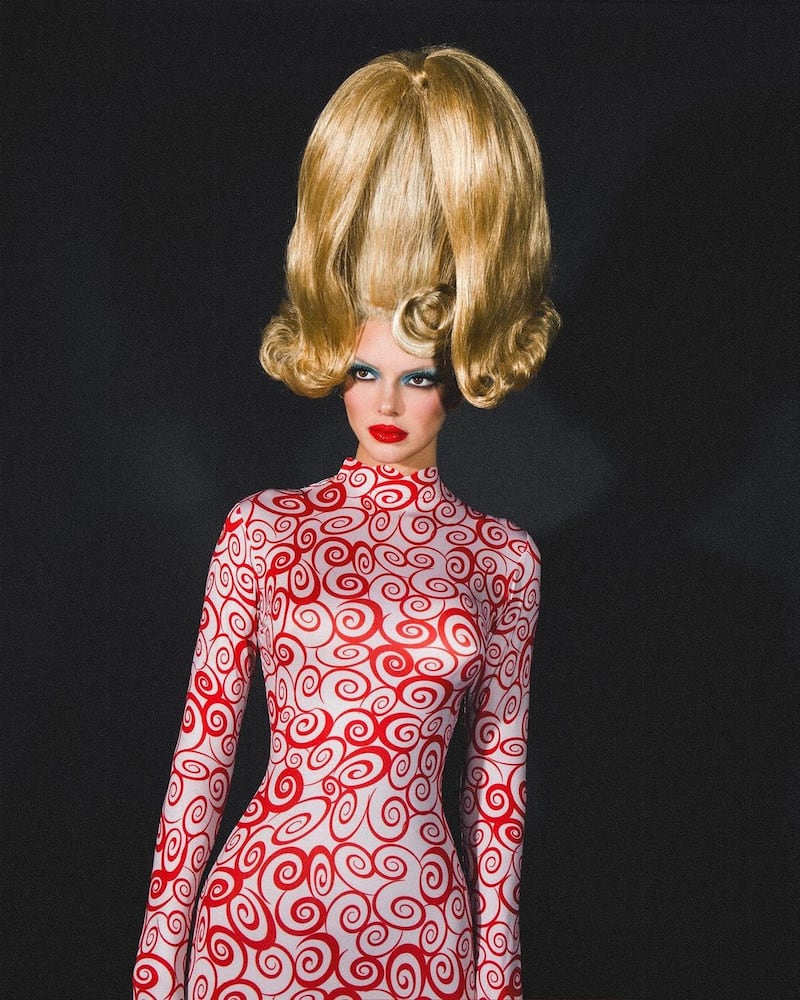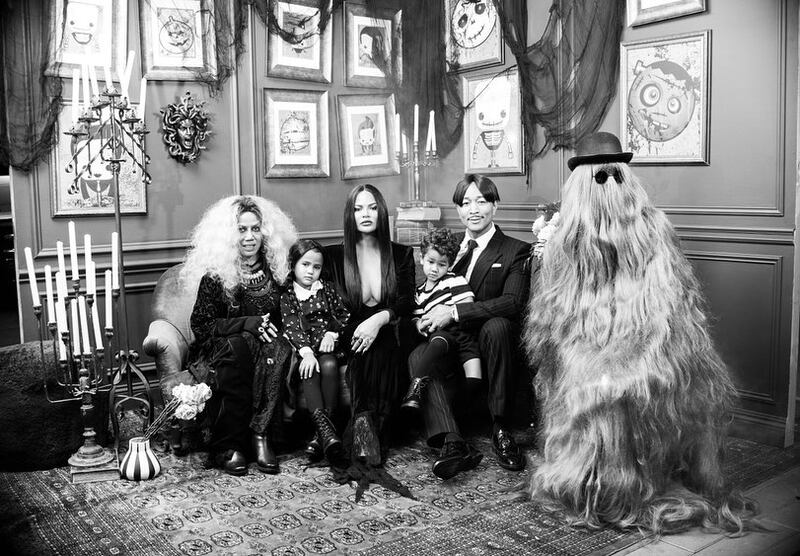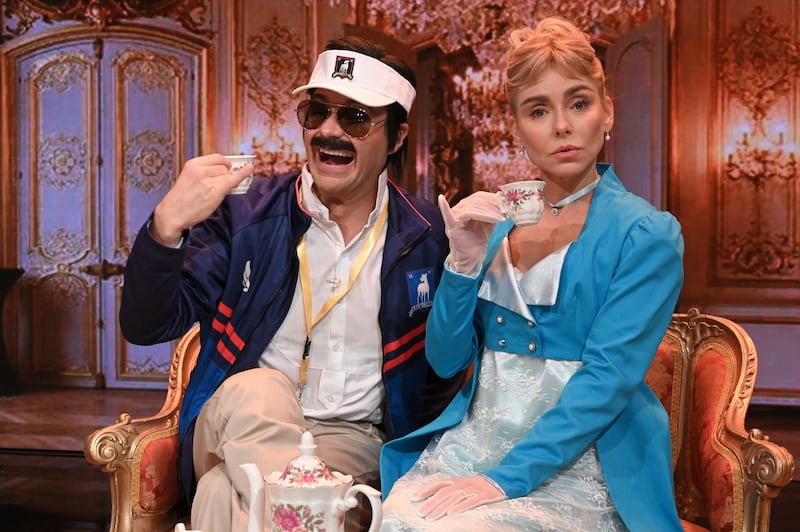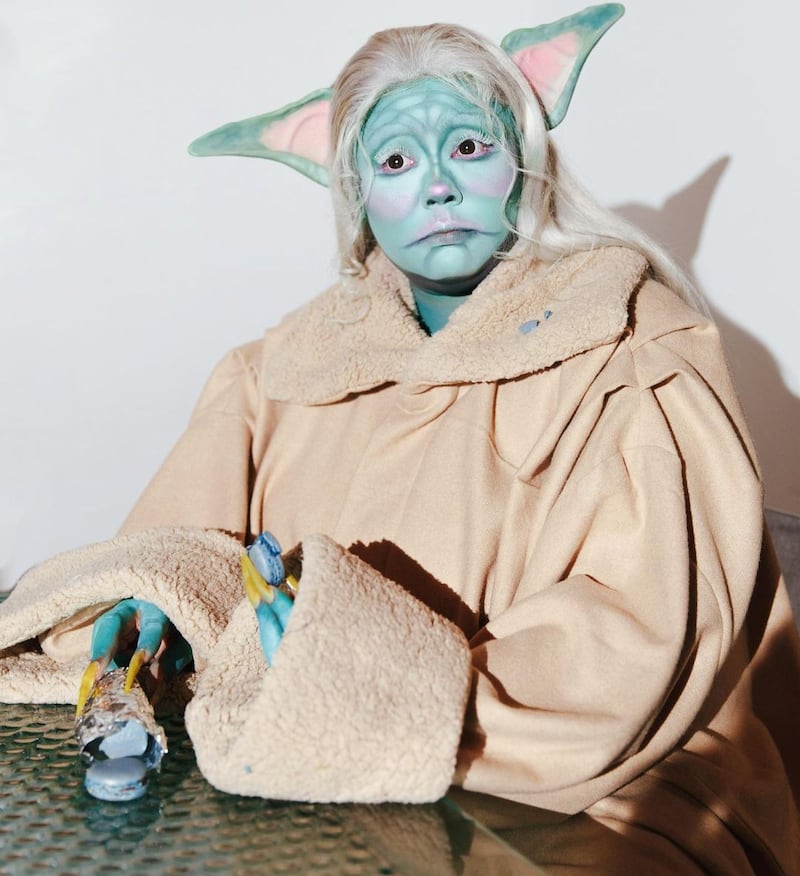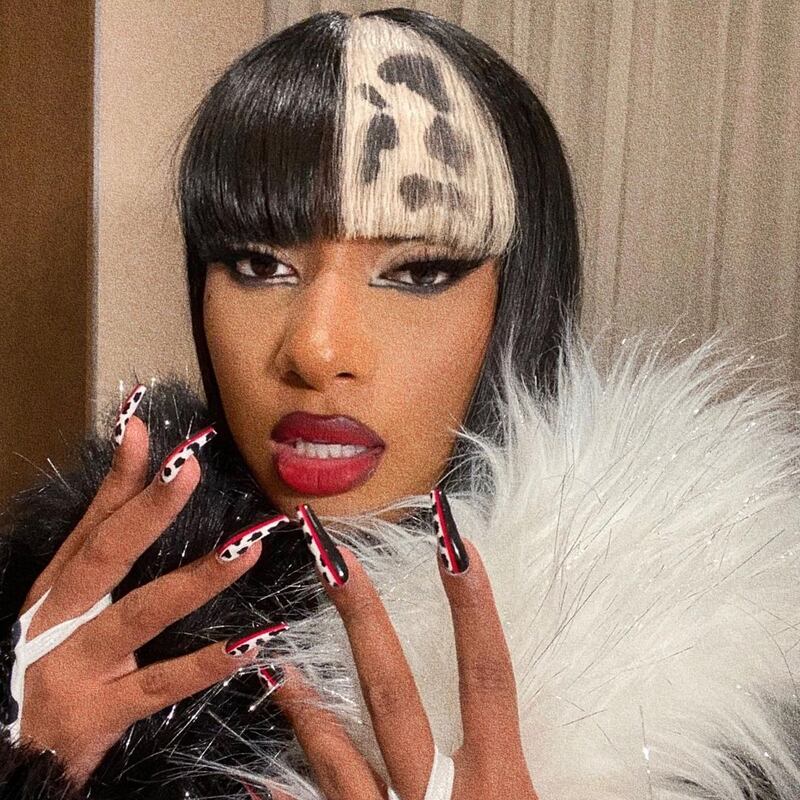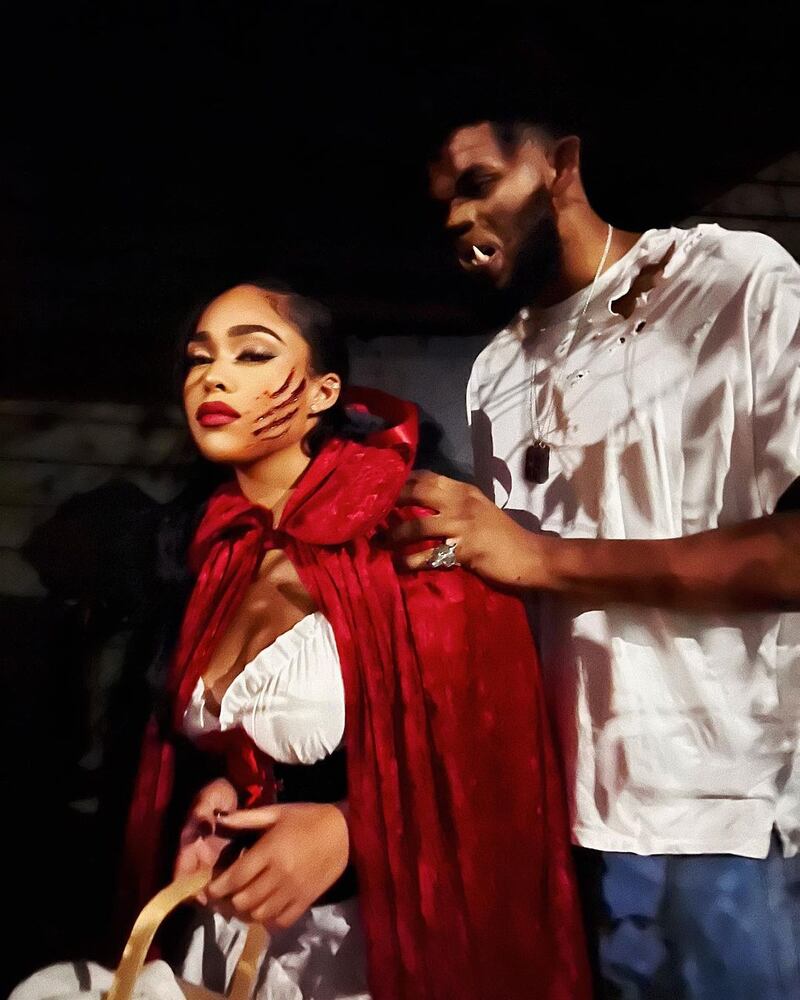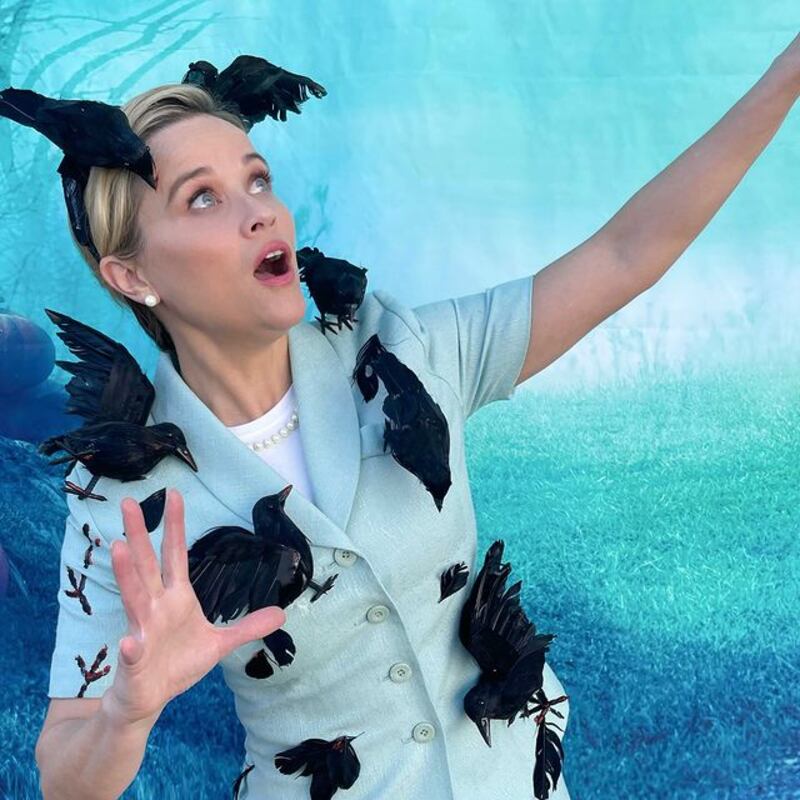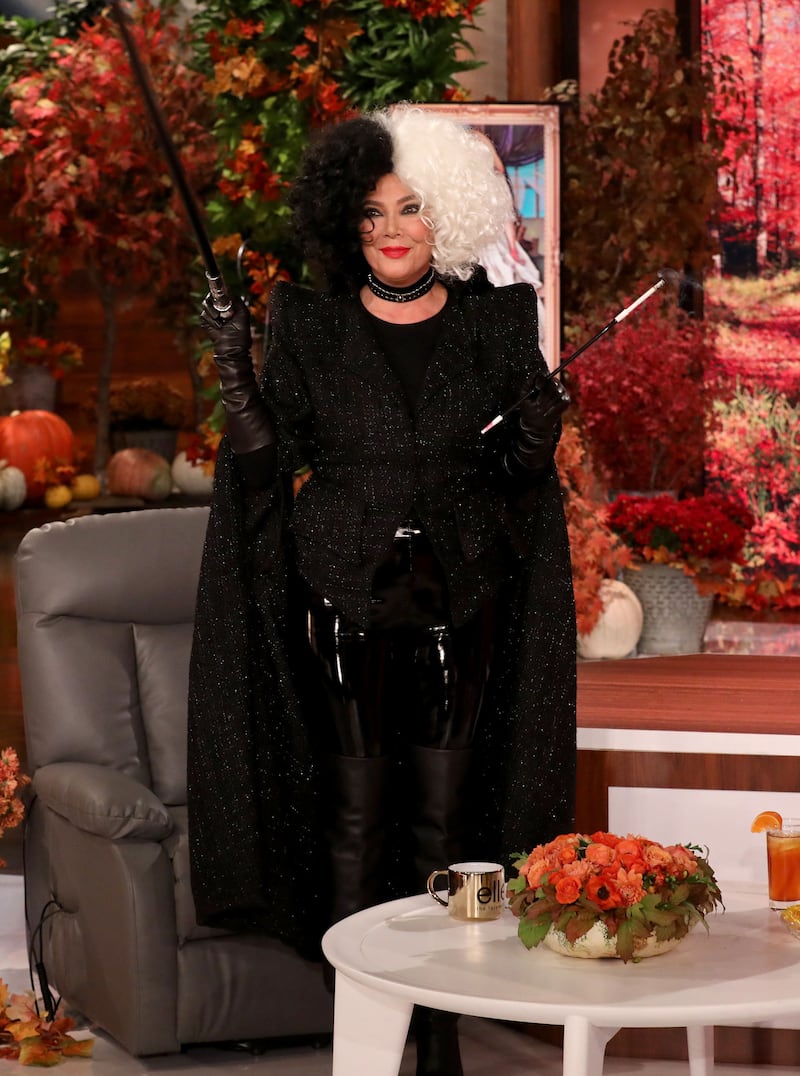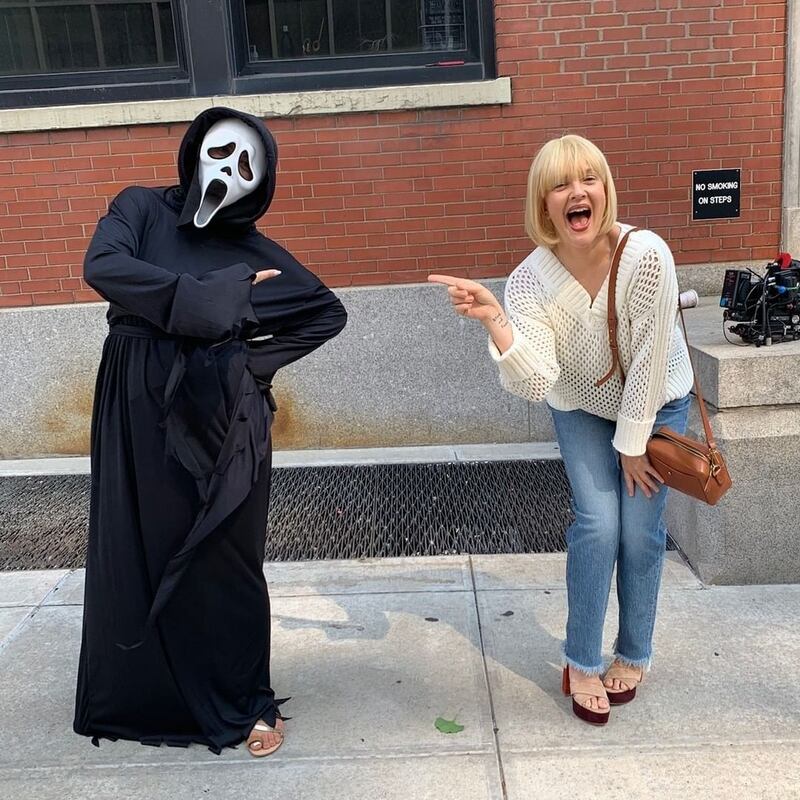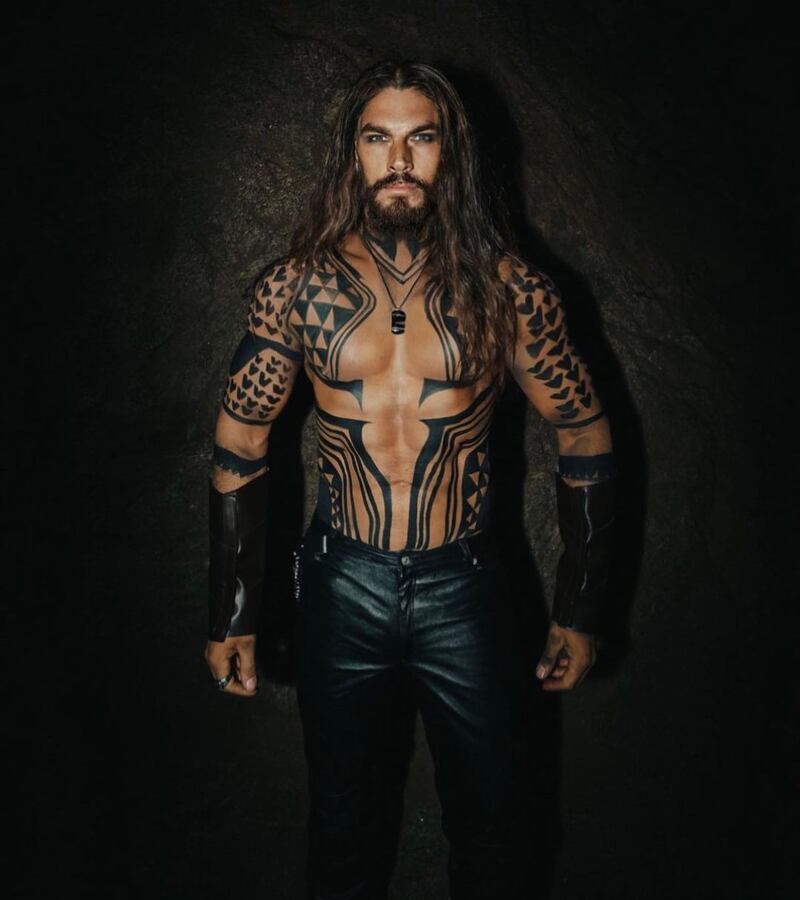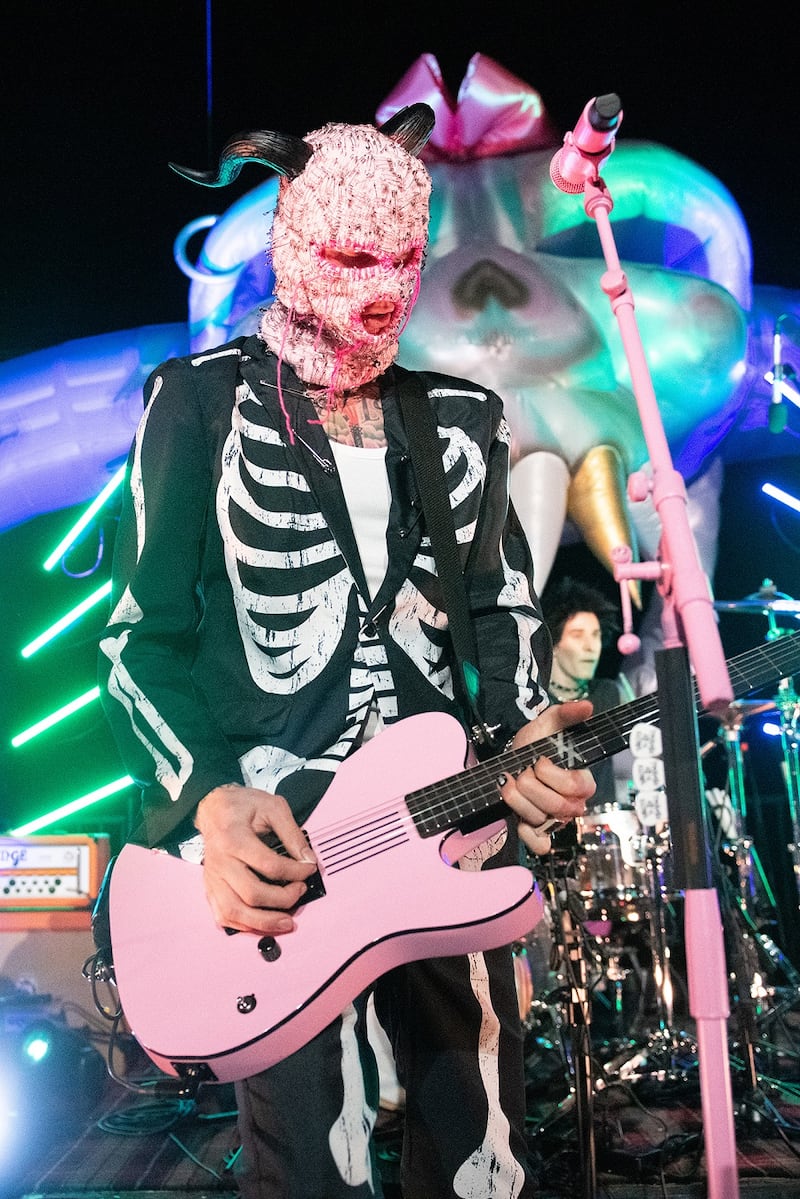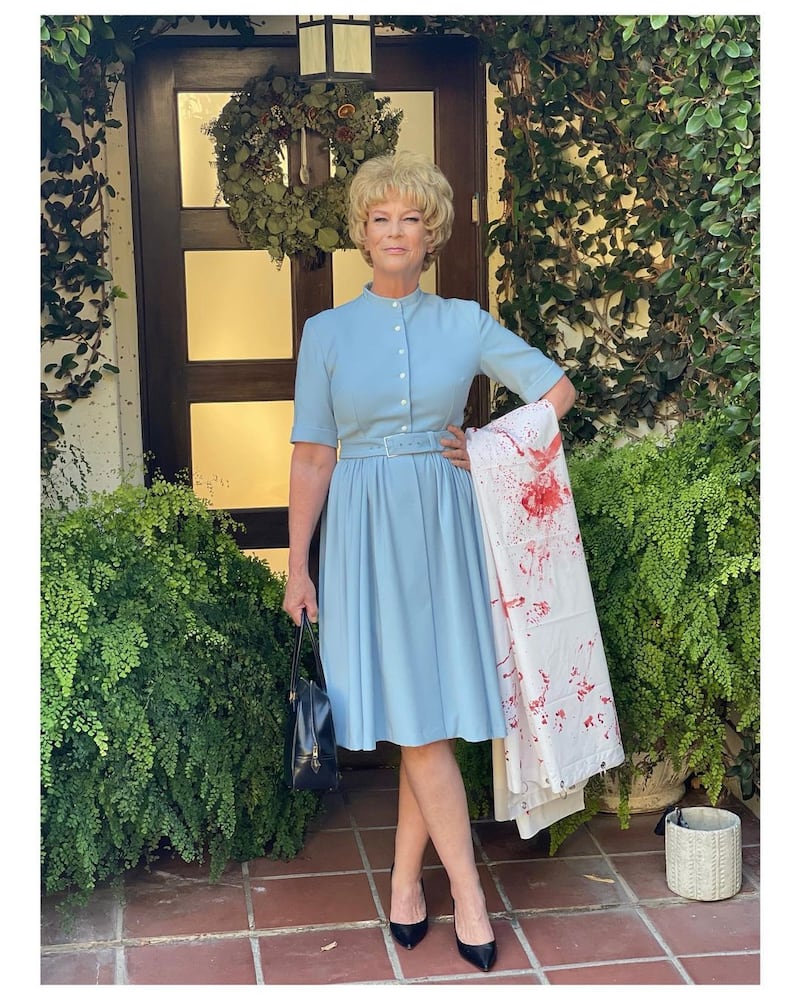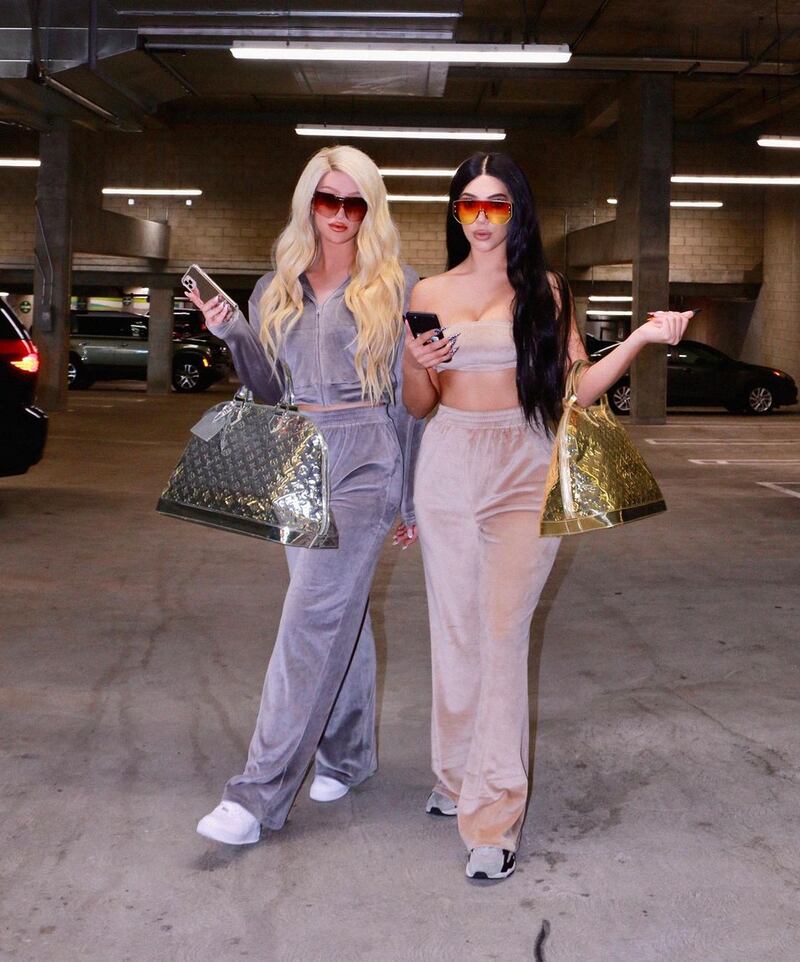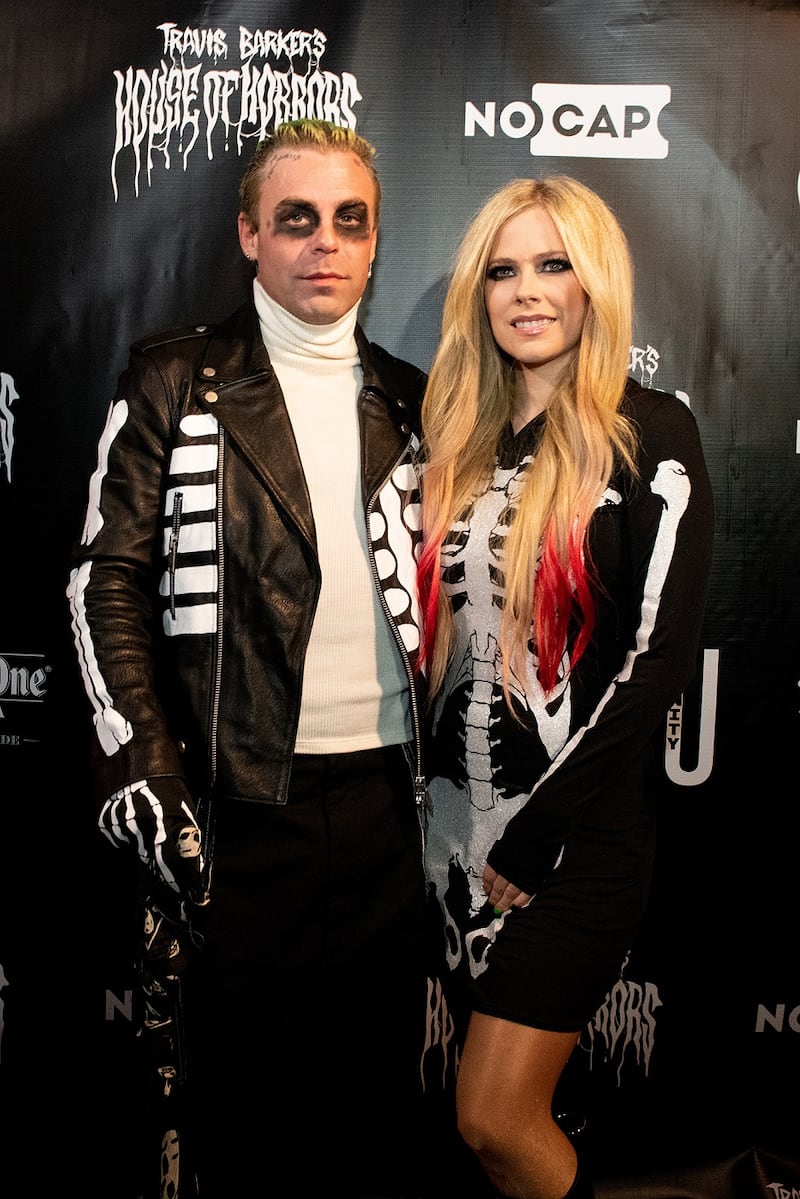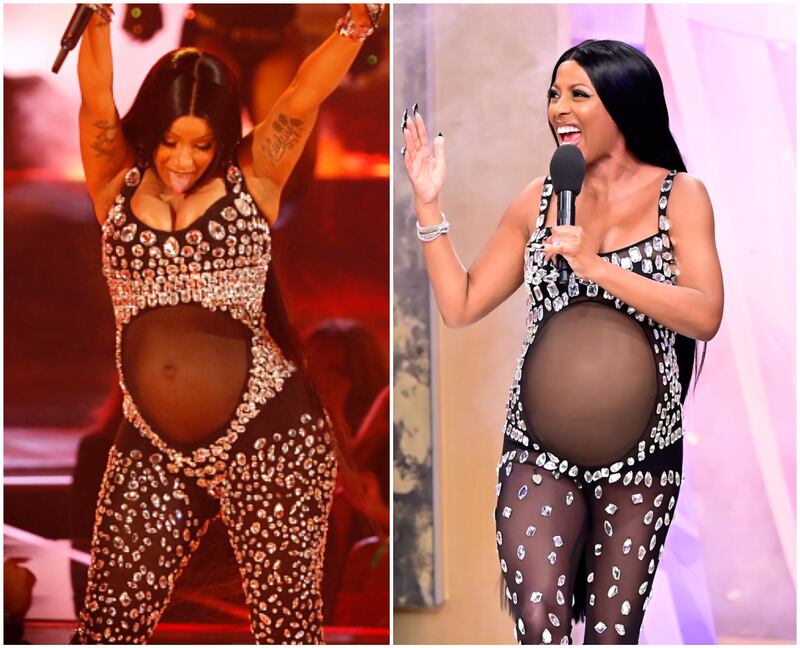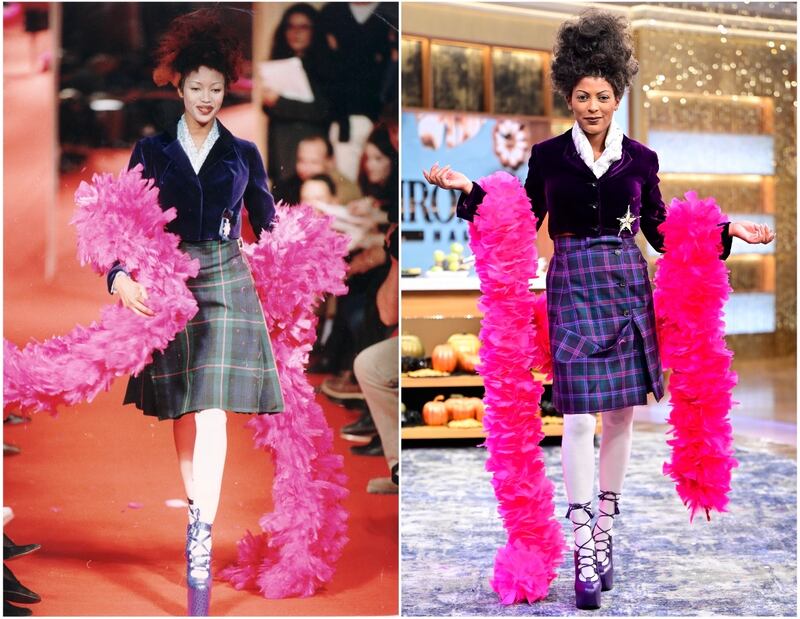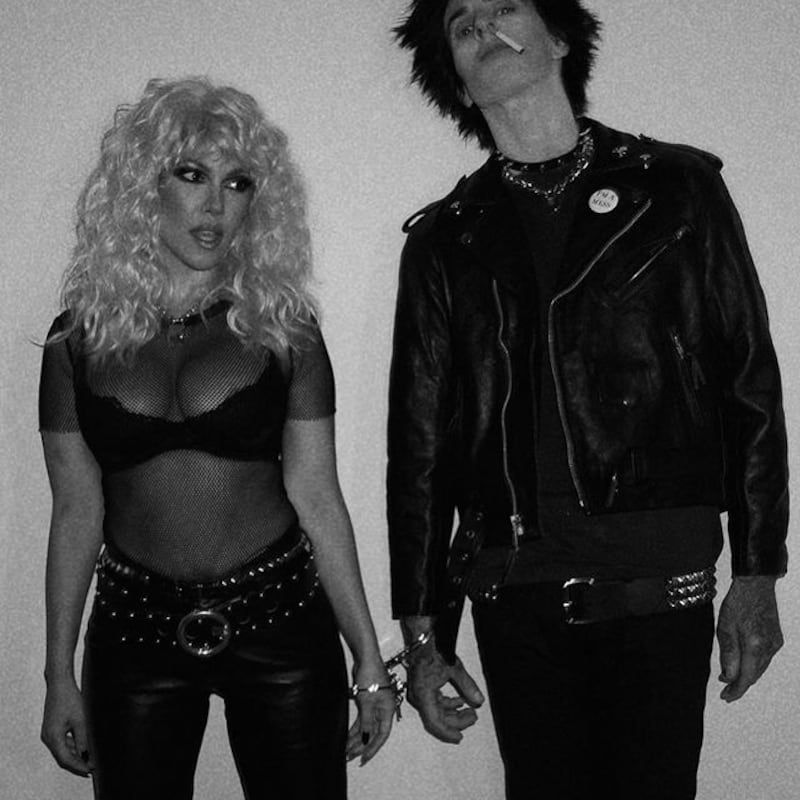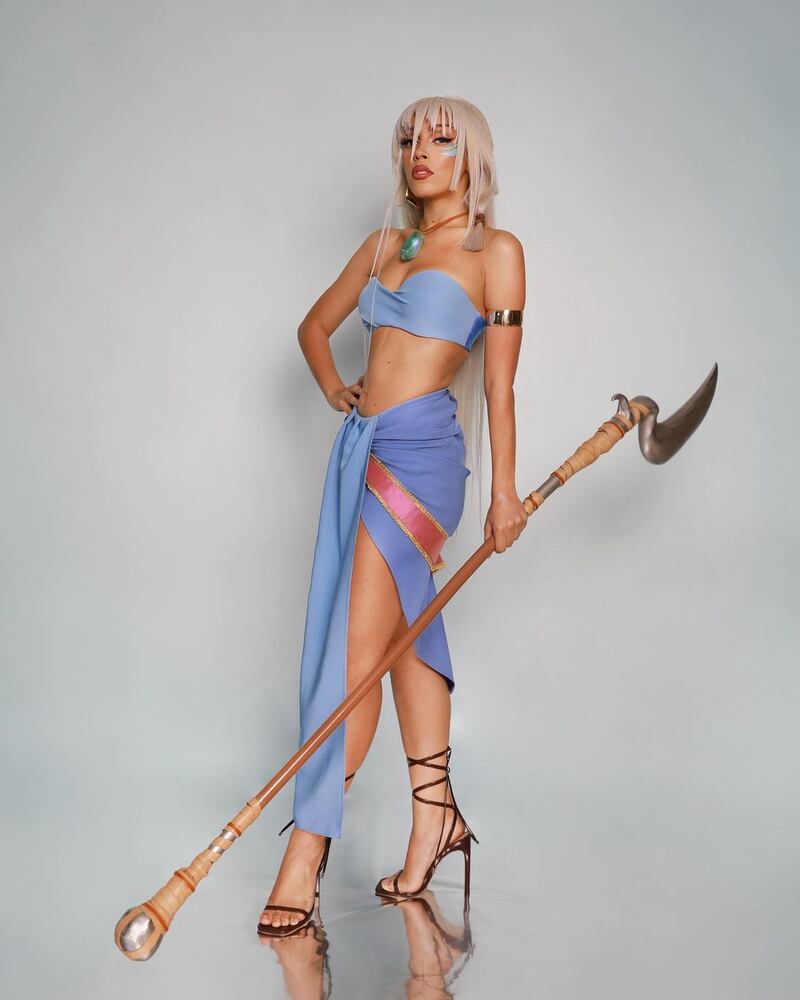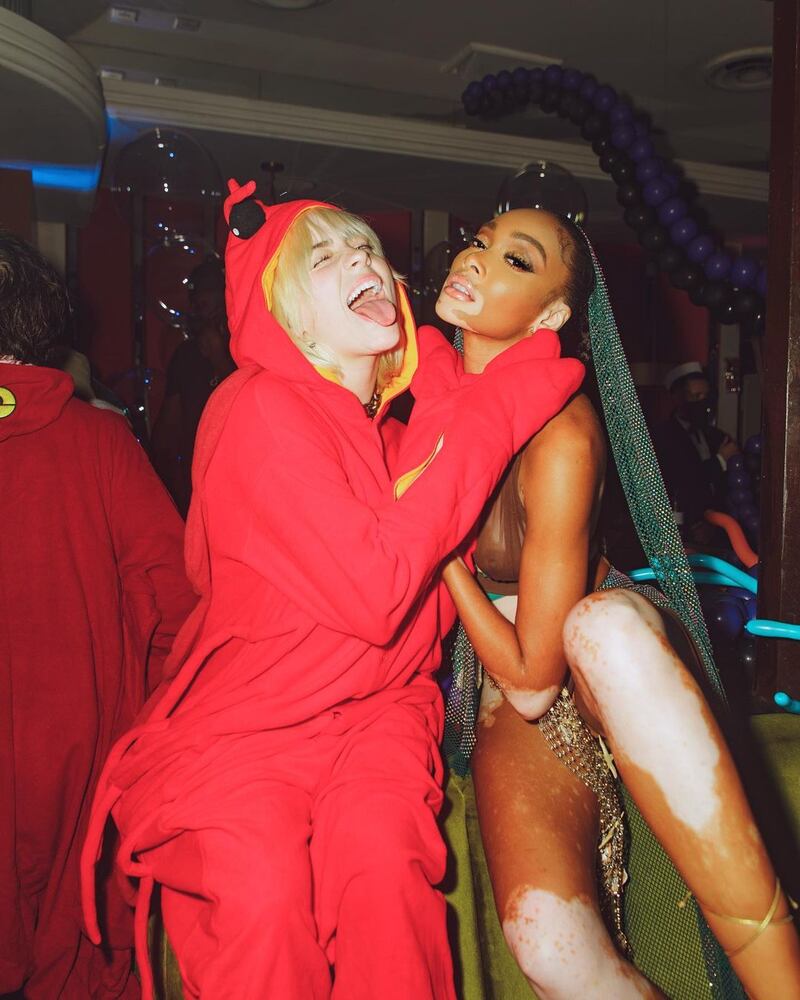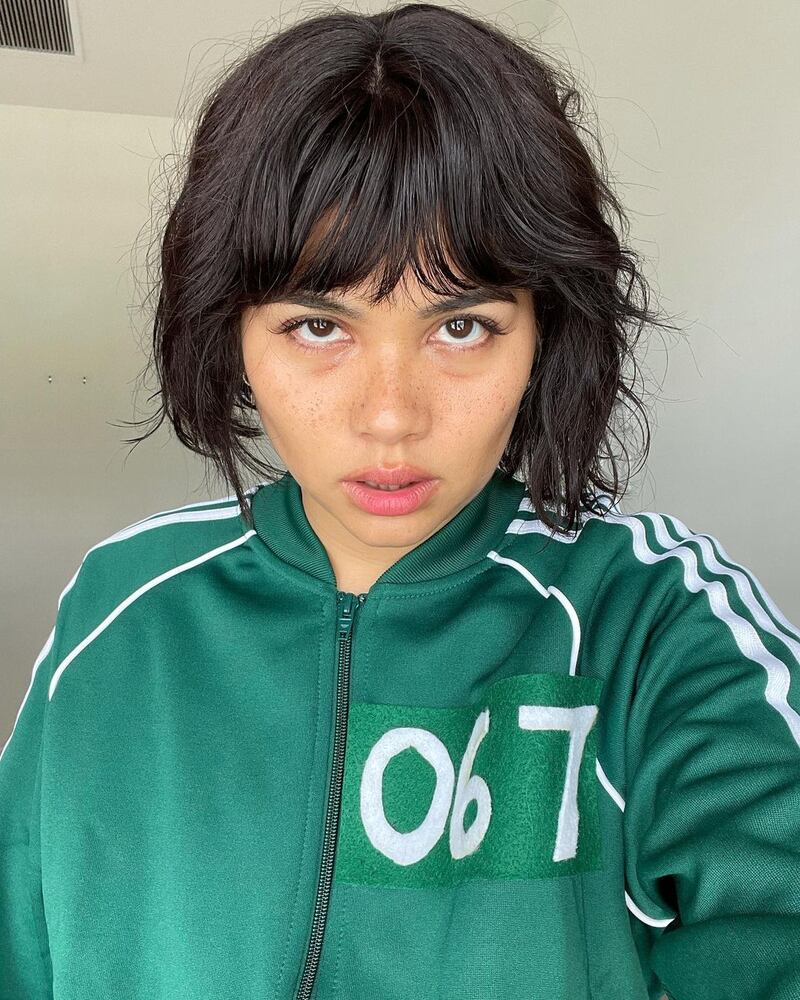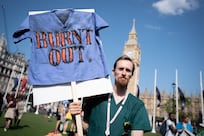Last week, I took my youngest daughter to a party shop in Abu Dhabi. It was busier than ever. Shoppers, cheek by jowl, jostled for prime positions along every aisle. Wigs, wings, devil horns and vampire fangs were in hot demand. Many were shopping for themselves, rather than children, as they loaded adult-sized costumes into their burgeoning trolleys. Why has Halloween become so popular with adults?
The modern, heavily commercialised incarnation of this holiday hails from the US. However, trick-or-treat and a night of riotous behaviour are traced back to Yorkshire in the UK. For centuries residents of Yorkshire towns celebrated "Mischief Night". The earliest record of it dates from the 1790s. Back then, it was the one night when youngsters were allowed to run amok, causing as much harmless disruption as possible, for example, by knocking on doors and running away.
Some historians trace Halloween back further still, connecting it with the ancient Celtic festival of "Samhain", a celebration to mark the beginning of winter – the coming of death. By the eighth century, Pope Gregory III had incorporated it into the Christian liturgical calendar. As a result, Samhain was overwritten with all "hallows' day", or "All Saints Day", an occasion to celebrate saints, which takes place on November 1, making October 31 "all hallows eve", or Halloween.
None of this has anything to do with adults dressing up as vampires, pirates or witches. During my childhood in the UK, Halloween was about children dressing up and playing traditional games like "duck apple", eating an apple without using your hands. I don't remember ever seeing an adult in costume. Adults supervised, but Halloween was purely for the children.
Today, though, high-end bistros, restaurants and nightclubs are going all out, clambering over one another to attract adult revellers for Halloween. During October, a glance at any what's on guide reveals a long list of Halloween brunches and vampire-themed dance parties. Halloween is bigger than ever, and now it's for big people too.
Consumer data specialist Statistica reports that spending on Halloween in the UK doubled between 2013 and 2019, growing from $315 million to more than $640mn. Furthermore, a survey undertaken in 2005 by the US National Retail Foundation asked adults if they intended to celebrate Halloween, regardless of having children or not. Around half said yes. By 2012, the percentage of adults answering yes to the same question had risen to just over 70 per cent. Despite a minor blip due to Covid-19 in 2020, Halloween is now back and bigger than ever. The National Retail Federation predict record spending for 2021, expected to reach more than $10 billion.
What lays behind this apparent shift in social norms? What is driving so many adults to dress up as witches, evil clowns and all manner of supernatural creatures? Beyond the power of effective marketing, we can also look to the depths of psychology for some answers.
Psychologists strive to understand the true meaning behind inexplicable worldly happenings. In other words, we love a good craze. For example, commenting on the popular fascination with "flying saucers" in the 1950s, the Swiss psychologist and Sigmund Freud's one-time protege, Carl Jung, had interesting ideas. Jung suggested that UFOs could be seen as "technological angels" for an increasingly secular age, a new myth to help quench a growing spiritual thirst.
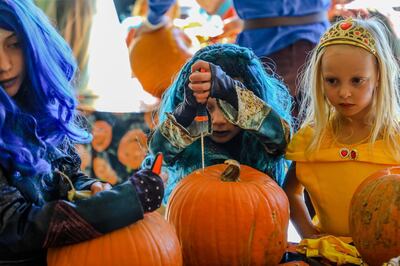
Jungian-style interpretations could be made of our current Halloween boom. Perhaps, dressing up as supernatural creatures and immaterial ghosts is a way to compensate for our increasingly materialistic and rationalistic lifestyles.
Similarly, many of today's popular costumes – think evil clowns – represent what Jung called the trickster archetype. On the positive side, tricksters are witty and wise. On the darker side, however, they are malicious rule-breakers, cunning thieves and the cruellest of pranksters.
The trickster archetype is found across all cultures, embedded within myths and folklore. Loki, the Norse troublemaker, for example, cuts off sleeping Siff's beautiful hair. In the Middle East, we find folkloric trickster figures such as Juha and Nasrudin, besting their adversaries by playing the fool. On the silver screen, characters such as The Joker in the Batman franchise and Jack Sparrow from Pirates of the Caribbean embody the trickster archetype.
Within the Jungian school – analytical psychology – the trickster is often seen as possessing an infantile mentality and a lack of any purpose beyond self-gratification. Some Jungians propose that the rites of passage observed in pre-industrial communities are symbolic of a young person's progression from trickster to hero. In our modern societies, meaningful rites of passage are becoming scarce. As a result, it could be that tricksters – evil clowns and wicked witches – are making an increasingly regular appearance, albeit in Halloween costume form.
We might never know precisely what lays behind the current Halloween boom or the rising average age of revellers. However, we do know that failure to "treat" frequently results in being tricked. So simply drop some candy in the pumpkin lantern and don't overthink it.
